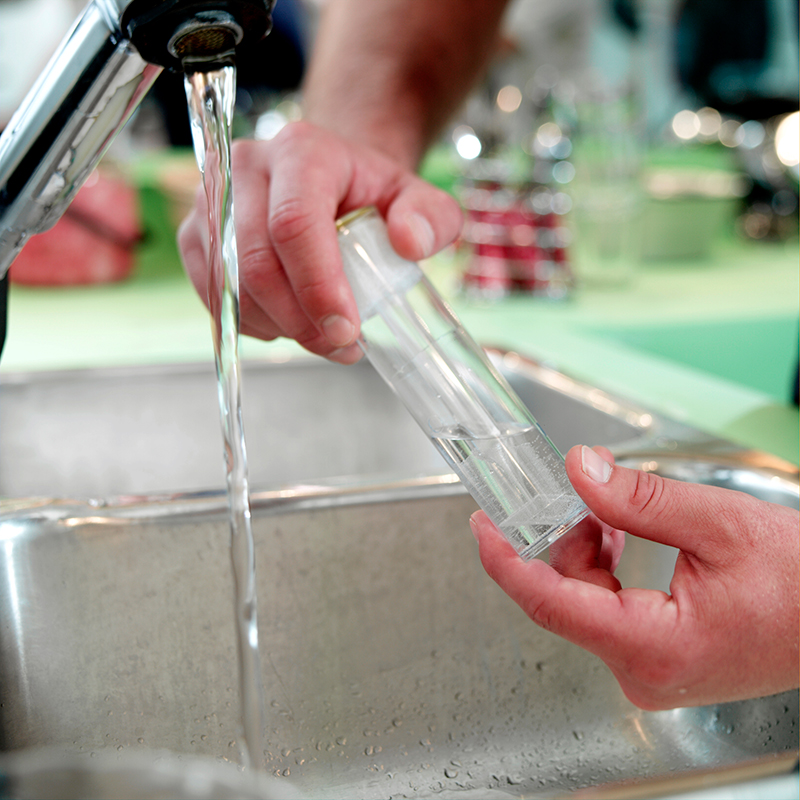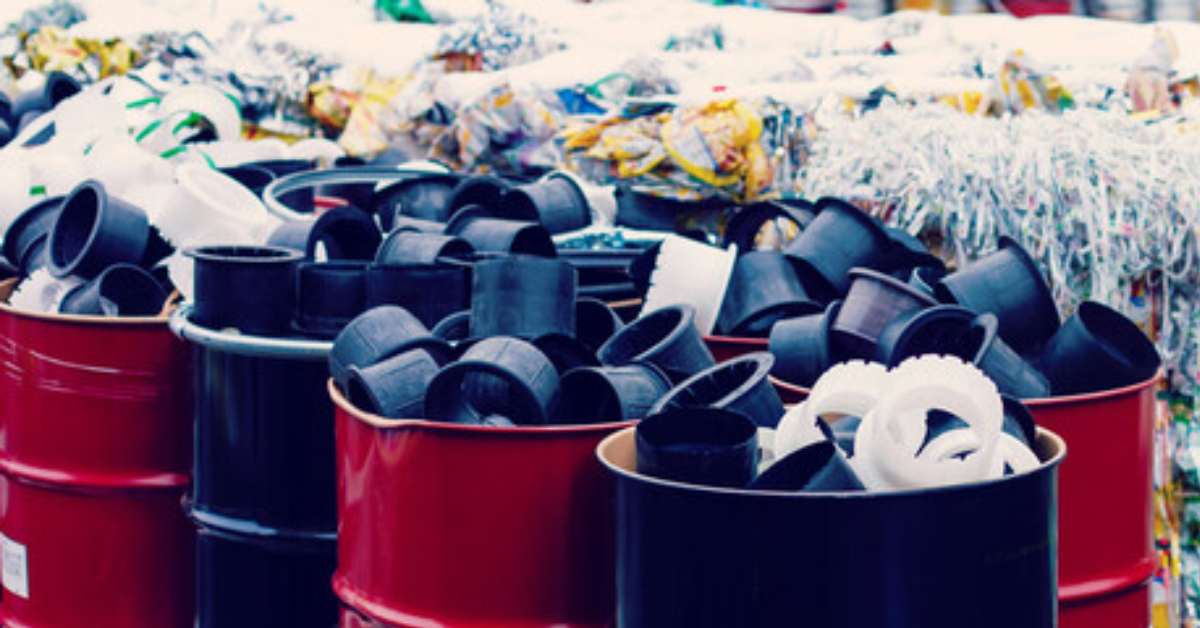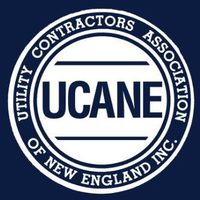
Did you know that Environmental Protection Agency, or EPA for short, claims that approximately 7.6 billion tons of industrial solid waste is generated and then disposed of by American industries each and every year? That is a significant amount to say the least. That being stated, all waste is not created equal. For example, hazardous waste, such as corrosives and toxic metals, must be disposed of in compliance with strict regulations. Even waste that is categorized as non-hazardous must be disposed of in compliance with strict regulations.
That means it cannot simply be thrown away in a dumpster, or flushed down the drain. In fact, the Resource Conservation and Recovery Act (RCRA) of 1976 clearly defines how hazardous waste and non-hazardous waste must be handled. It also identifies the characteristics of non-hazardous waste that requires specific disposal methods. These regulated non-hazardous materials include but are not limited to such materials such as asbestos, antifreeze, grinding dust, paper, plastics, sawdust, wood, and waste water to name a few.
If they are not disposed of properly, the materials can pollute both the air and the local waterways such as ponds, streams, lakes, rivers, and even the ocean. If you own or operate a commercial or industrial business, chances are high that your organization is generating a significant amount of non-hazardous waste. That being stated, it is important to properly characterize the type of waste you have. It is also essential to ensure that it is properly and legally disposed of.
Ultimately you are the responsible party that must ensure that things are being done properly. However, navigating all of the detailed guidelines can be a daunting task to say the least. The good news is that you can use the following steps that act as a guideline toward eliminating the waste management liabilities that your business may have.
Step #1- Begin A Fact-Finding Mission
In order to manage the non-hazardous waste that your business produces, it is important to comprehend the physical and chemical properties of the waste. This includes how it is processed, and how much waste is generated. The good news is that this information may already be available in the Material Safety Data sheets, chemical engineering plans, literature that is provided by manufacturers, or even previous waste analysis reports. You can also contact trade associations in order to see if classifications are already available.
Step #2- Understand Exactly How Your Waste Is Generated
How your waste is generated is just as important as the end product, i.e. the waste itself. You should create input and output streams in the form of a detailed flowchart. This will enable you to identify the processing of the raw materials that create waste at various stages in a far easier manner. You should also be able to pinpoint what the composition of the waste may be.
Step #3- Literally And Figuratively Test The Water
The most accurate method of identifying waste is to have it analyzed and tested in a scientific manner. Although this step will involve costs, it will provide you specific details of the waste and how it was generated. In essence, it will make it far easier for you to choose the safest, and most cost effective disposal methods. Scientific testing includes extractions, leachate, and sampling.
In conclusion, it is extremely important to hire a non-hazardous waste removal company that is experienced, reputable, and will perform the job properly each and every time. If you have any questions about non-hazardous waste removal and disposal, or would like a free estimate for your business, please Contact us today. Jolin Paving & Excavating, Inc. is your New England connection for fast, friendly, and affordable service. Our company has been serving Boston Massachusetts, Southern NH, VT & ME as well as Northern CT & RI since 1952.
continue reading






